AN AMERICAN DRUM CIRCLE: Q&A
A Conversation with Vanessa Shealy & Melissa Attebery
UP: Oklahoma, Church, Hip-Hop, Africa… Vanessa, why did you want to write a story that brings these worlds together?
Vanessa: I’m originally from Oklahoma, grew up in church, am in an interracial marriage, and have lived through many of the struggles in this play. So really this story is about the diverse people and experiences of my world coming together. It was very exciting to write characters from a variety of different backgrounds. I relied heavily upon the input of the racially diverse actors and other artists, who, over the years, have been gracious and bold enough to share their insight into the world of this play.
UP: Which character was the most difficult to write?
Vanessa: Ironically, probably Mandy, since she’s closest to me. While the play isn’t strictly autobiographical, it is heavily based on real struggles and situations that I’ve lived through. There isn’t a single character in the play that isn’t at least influenced by an important person in my life. So it was a real wake up call to find that the character who is most similar to me was the difficult one for me to write. Probably need to take that up with a therapist.
Melissa: That’s interesting to hear you say that because one of the biggest ways the play has changed has been the development of Mandy as the central character. As we’ve worked together on a series of female character-driven plays, often developed in a traditional setting, we learned that, as women, we tell stories differently and that people receive stories with female characters differently than those with men.
UP: Melissa, this is the first time UP is producing a play staged “in-the-round”. Did you begin the process with a clear vision of how you would stage the play or are you letting it unfold?
Melissa: There are strong cues and explicit notes written into the script about how it moves and what it looks like. The biggest challenge to realizing the vision has been breaking out of the habits formed by the number of presentational staged readings we’ve done. But even still, the play and I both were literally bursting at the seams to throw down the music stands and live. My instinct to do it in the round grew from discussions about the title of the play, and [set designer, Duane Pagano’s] idea of a mega church altar helped solidify the idea.
UP: You two have worked together on many projects over the years, including An American Drum Circle. How is that history reflected in the rehearsal room?
Vanessa: I started writing scenes for this play around seven years ago when Melissa and I were working together in the Playwright and Director Workshop at the Actors Studio. We can speak in a kind of shorthand together now–which we frequently do over large glasses of wine after rehearsals.
Melissa: We’ve been working on this for so long, so many of the questions that we would actually ask each other in the rehearsal room have already been asked. We obviously talk about the play independently of each other all the time, but what I find interesting is that often, anything asked of us is something we’ve already discussed, and we often tag team an answer.
